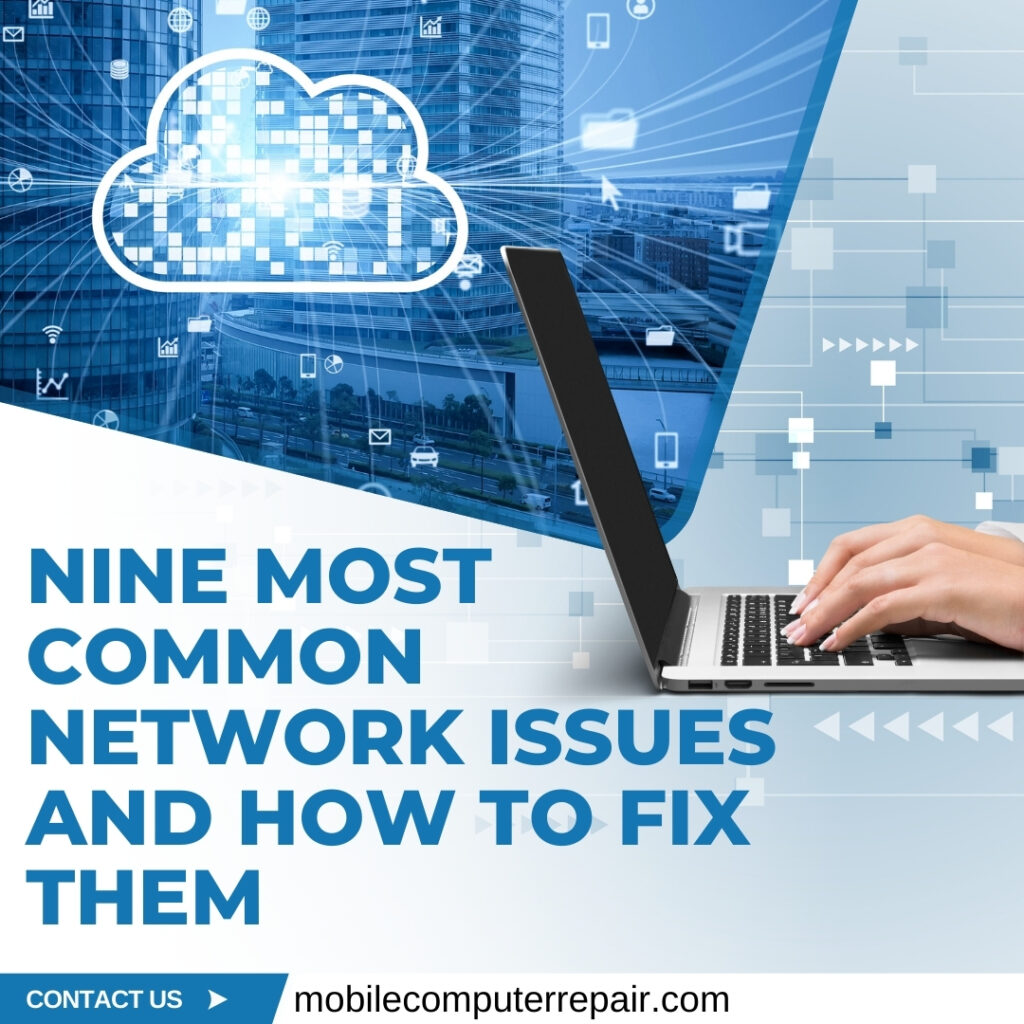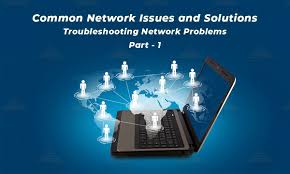In our increasingly connected world, a stable internet connection is no longer a luxury—it’s a necessity. From remote work and online education to entertainment and smart home devices, reliable connectivity powers daily life. However, internet problems are still common, and as technology evolves, so do the methods needed to resolve them. Enter internet troubleshooting 2025, the next-generation approach to diagnosing and fixing connectivity issues.
This article explores common internet problems, advanced troubleshooting methods, tools for 2025, and strategies to ensure uninterrupted connectivity in homes and businesses.
Why Internet Troubleshooting Is More Important Than Ever
The digital landscape is evolving rapidly. With the rise of 5G, Wi-Fi 6, IoT devices, and cloud-based applications, network complexity is higher than ever. While these technologies improve speed and reliability, they also introduce new challenges:
- Increased number of connected devices in homes and offices
- Higher dependency on stable and low-latency connections
- Growing cybersecurity threats impacting network performance
Internet troubleshooting 2025 focuses not just on fixing connectivity problems but also on optimizing networks for speed, security, and reliability.
Common Internet Problems in 2025
Understanding the most frequent issues can help guide effective troubleshooting.
1. Slow Internet Speeds
Even with high-speed plans, users often experience lag or slow downloads. Causes may include:
- Bandwidth-heavy devices or applications
- Network congestion during peak hours
- Outdated routers or firmware
2. Intermittent Connectivity
Connections that frequently drop can be frustrating. Causes include:
- Weak Wi-Fi signals
- Interference from neighboring networks
- Service provider maintenance or outages
3. Device-Specific Issues
Sometimes connectivity problems are isolated to a single device. Possible reasons:
- Outdated network drivers
- Incorrect network settings
- Malware or software conflicts
4. Network Security Breaches
Unauthorized access or malware infections can slow networks, redirect traffic, or block access to essential services.
Steps for Internet Troubleshooting 2025

Troubleshooting methods have advanced with technology. Here is a structured approach:
1. Verify the Connection
Start with the basics:
- Check if the device is connected to Wi-Fi or Ethernet
- Restart the modem and router
- Test connection on multiple devices to identify if the issue is device-specific
2. Use Advanced Diagnostic Tools
Modern tools provide detailed insights:
- Network analyzers: Measure latency, packet loss, and bandwidth usage
- Wi-Fi heat maps: Identify weak signal areas in the home or office
- IoT management apps: Track connected smart devices that may affect performance
3. Update Hardware and Software
Keeping devices up to date ensures compatibility and performance:
- Upgrade routers to Wi-Fi 6 or newer standards
- Update firmware and network drivers
- Replace outdated network cables if necessary
4. Optimize Router Placement
Physical placement of your router can impact connectivity:
- Position centrally in the home or office
- Avoid obstacles like walls or large furniture
- Reduce interference from other electronic devices
5. Prioritize Network Traffic
Modern routers support traffic prioritization:
- Allocate bandwidth to critical devices or applications
- Use Quality of Service (QoS) settings to reduce lag for streaming or gaming
6. Secure Your Network
A secure network reduces performance issues caused by unauthorized devices:
- Use strong passwords and WPA3 encryption
- Enable firewalls and network monitoring
- Regularly check for unknown connected devices
New Tools and Technologies in Internet Troubleshooting 2025
Technological advancements in 2025 provide innovative solutions for faster, smarter troubleshooting.
1. AI-Powered Network Diagnostics
Artificial intelligence can automatically detect, diagnose, and sometimes fix connectivity issues without human intervention. AI systems analyze traffic patterns and identify bottlenecks before they impact users.
2. IoT-Integrated Home Networks
Smart home hubs can now monitor the performance of every connected device, identifying which ones consume excessive bandwidth or cause interference.
3. 5G and Next-Gen Wi-Fi Management
With 5G and Wi-Fi 6E, managing frequency bands, interference, and device handoffs is critical. Advanced routers now offer automated frequency management for optimal performance.
4. Cloud-Based Network Monitoring
Cloud services provide remote monitoring and troubleshooting capabilities. Users can access network analytics via mobile apps or web portals to detect issues in real time.
5. Augmented Reality Assistance
Some ISPs are experimenting with AR apps that guide users in troubleshooting hardware, showing optimal router placement or cable connections through a smartphone camera.
Best Practices for Preventing Internet Issues
Proactive steps reduce downtime and improve network performance:
- Regular Maintenance: Restart routers periodically and update firmware.
- Network Segmentation: Separate IoT devices from work devices to prevent bandwidth conflicts.
- Scheduled Reboots: Automatic reboots can resolve temporary glitches and refresh connections.
- Monitor Usage: Keep track of which devices and applications consume the most bandwidth.
- Professional Support: When necessary, contact your ISP or network specialist for advanced troubleshooting.
Troubleshooting Internet for Remote Work and Gaming
Connectivity demands are higher for remote work and online gaming, making internet troubleshooting 2025 particularly relevant.
Remote Work
- Use wired Ethernet connections for critical work devices
- Ensure VPNs or enterprise software are optimized for speed
- Monitor latency and packet loss during video conferencing
Online Gaming
- Prioritize gaming devices using QoS settings
- Select the appropriate frequency band (2.4 GHz for range, 5 GHz for speed)
- Test ping and jitter to ensure low-latency connections
Common Myths About Internet Troubleshooting
- “More expensive routers always solve connectivity issues” – Not necessarily. Placement, network configuration, and ISP quality matter more.
- “Restarting your device fixes everything” – While it helps temporarily, underlying issues may require deeper troubleshooting.
- “Wi-Fi extender equals faster internet” – Extenders increase coverage but may reduce speed if not properly positioned.
Understanding these myths helps users approach internet troubleshooting 2025 effectively.
Conclusion: Mastering Internet Troubleshooting 2025
As our reliance on digital connectivity grows, mastering internet troubleshooting 2025 is essential. Modern networks are more complex, integrating IoT devices, high-speed broadband, 5G, and cloud services. By combining foundational troubleshooting steps with advanced AI tools, network analytics, and proactive maintenance, users can minimize downtime and maximize performance.
Whether for home offices, gaming, or smart homes, understanding and applying the latest techniques in internet troubleshooting ensures smoother, faster, and more reliable connectivity. As technology continues to advance, staying informed and adapting your approach will keep your network running at peak efficiency in 2025 and beyond.





